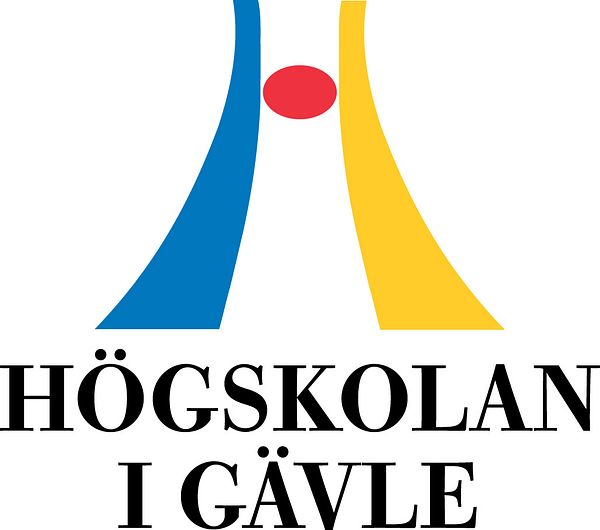Press release -
Scents reveal which forests are of high biodiversity value and need protection
“Very few untouched forests remain, so to create a resilient society in the future, we need to save areas of high biodiversity value,” says Nils Ryrholm, professor in biology at the University of Gävle.
Natural forests are forests that have been unmodified by human activities for such a long time that they have regained primeval forest characteristics to a very high degree. In the Swedish region Norrbotten, only an estimated one thousandth of the forests that existed 100 or 200 years ago remain.
How one individual can investigate 100 forests

Males of six-spotted bastard warmer attracted to pheromone
By identifying pheromones for rare species (these invisible, often species-specific scents that females send out the attract males), researchers can use simple systems, which are faster and cheaper, to establish if a forest contains key species, which in turn indicates that the forest is of high biological value.
“Insects are fairly small, and most insects cannot see objects further than a metre away, and they cannot use Tinder, so instead they use scents to find each other,” Nils Ryrholm explains.
When we develop systems with artificial scents for key and indicator species, one individual with no expertise in the field can investigate 100 forests by using small traps and, in this way, identify the most valuable ones.
If these species are found in the forest, the biotope has been there for a very long time, which means that other valuable species live there too. This method ensures that the process to identify which forests that need protective measure is considerably faster and cheaper than today.

Nils Ryrholm
“These natural forests can be sees as biobanks,” Nils Ryrholm explains. “If we preserve these to a greater extent, we increase the odds that we will have a resilient society in the future.”
The more species that exist, the more stable the ecosystem and, as a result, the ecosystem services that we humans receive improve, that is clean air, clean water and favorable conditions for our food production.
Insects can manage without us
Nils Ryrholm quotes the American biologist E. O. Wilson: “The truth is that we need invertebrates, but they don’t need us.”
“And despite this fact, we kill insects, but not the other way around,” Nils Ryrholm says.
Humans alienate themselves from nature more and more, according to Ryrholm, but he thinks that this connection and this insight will return in connection with climate issues.
“When we can no longer produce all our crops because there are no insects, there will be a change in attitude, because it will become clear how much we depend on them.”
What can be saved depends on what we value, Ryrholm claims. He points to our current efforts to alleviate the effects of a small virus, but, so far, we have cared little about changing conditions that are much more life-threatening for all creatures on the planet.
Contact:
Nils Ryrholm, professor in biology at the University of Gävle.
Tel: 070-546 06 66
E-mail: Nils.Ryrholm@hig.se
Text: Douglas Öhrbom
Photo Nils Ryrholm: Britt Mattsson
Naturephoto: Nils Ryrholm
Topics
- Environmental politics
Categories
- research
- climate change
- ecosystem services
- forestry
- biology
- insects
- environmental protection
- biobanks
- university of gävle
- nils ryrholm
- pheromones
- environmental psychology
- virgin forest
- natural forest
- indicator species
- biological values
Education and Research at a Scenic Campus.
The University of Gävle has approximately 17 000 students, more than 50 study programmes and second-cycle programmes, about 1 000 courses in humanities, social and natural sciences and technology.
Research Profiles
Built Environment and Health-promoting Working Life are the general research profiles of the higher education institution. Important parts included are Spatial Planning with a specialisation in Sustainable Built Environment and Musculoskeletal Disorders with the purpose to prevent work-related injuries. In 2010, the higher education institution received permission to carry out third-cycle programmes in the profile area of Built Environment.
The higher education institution has applied for permission to carry out third-cycle programmes in technology, humanities and social sciences.
